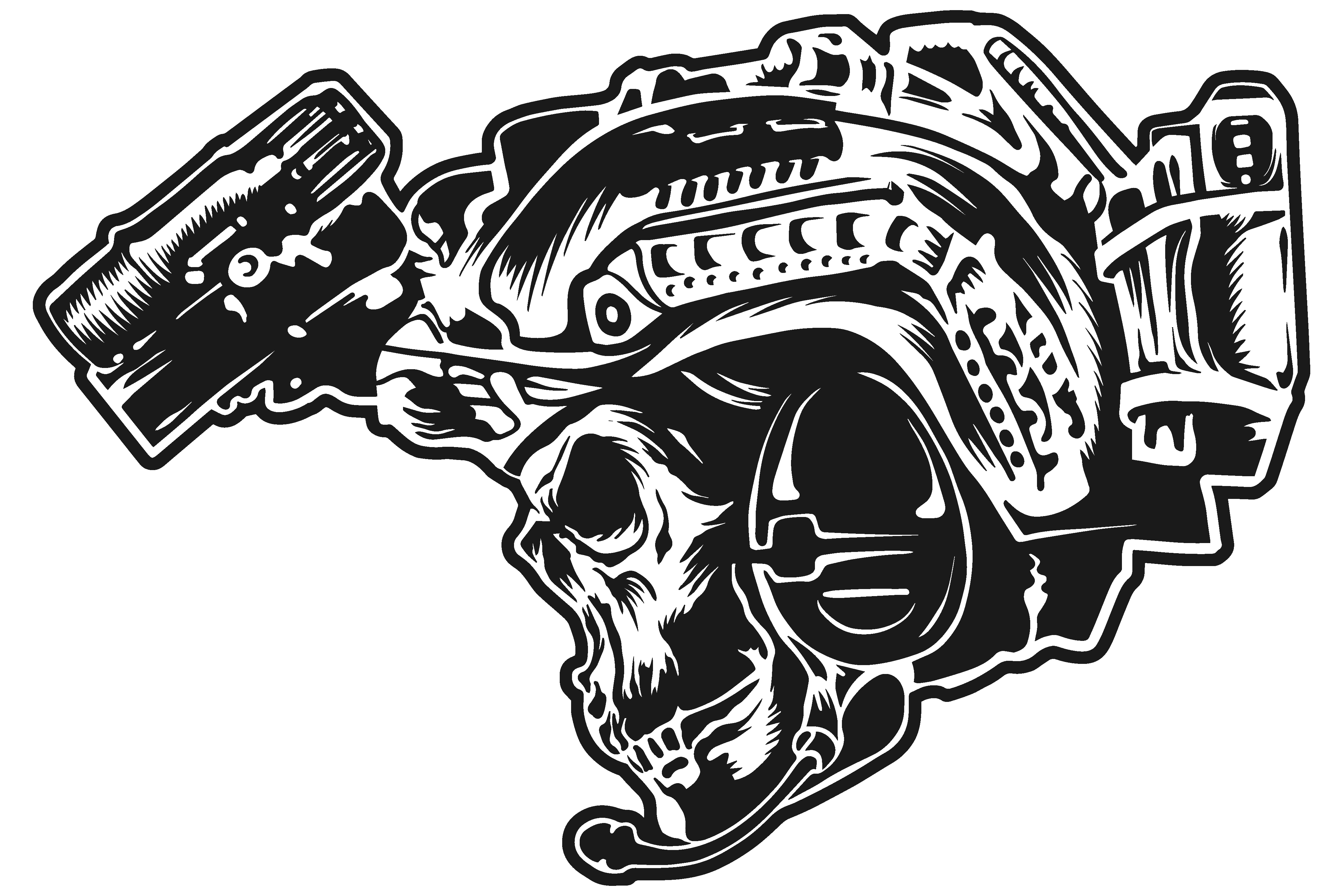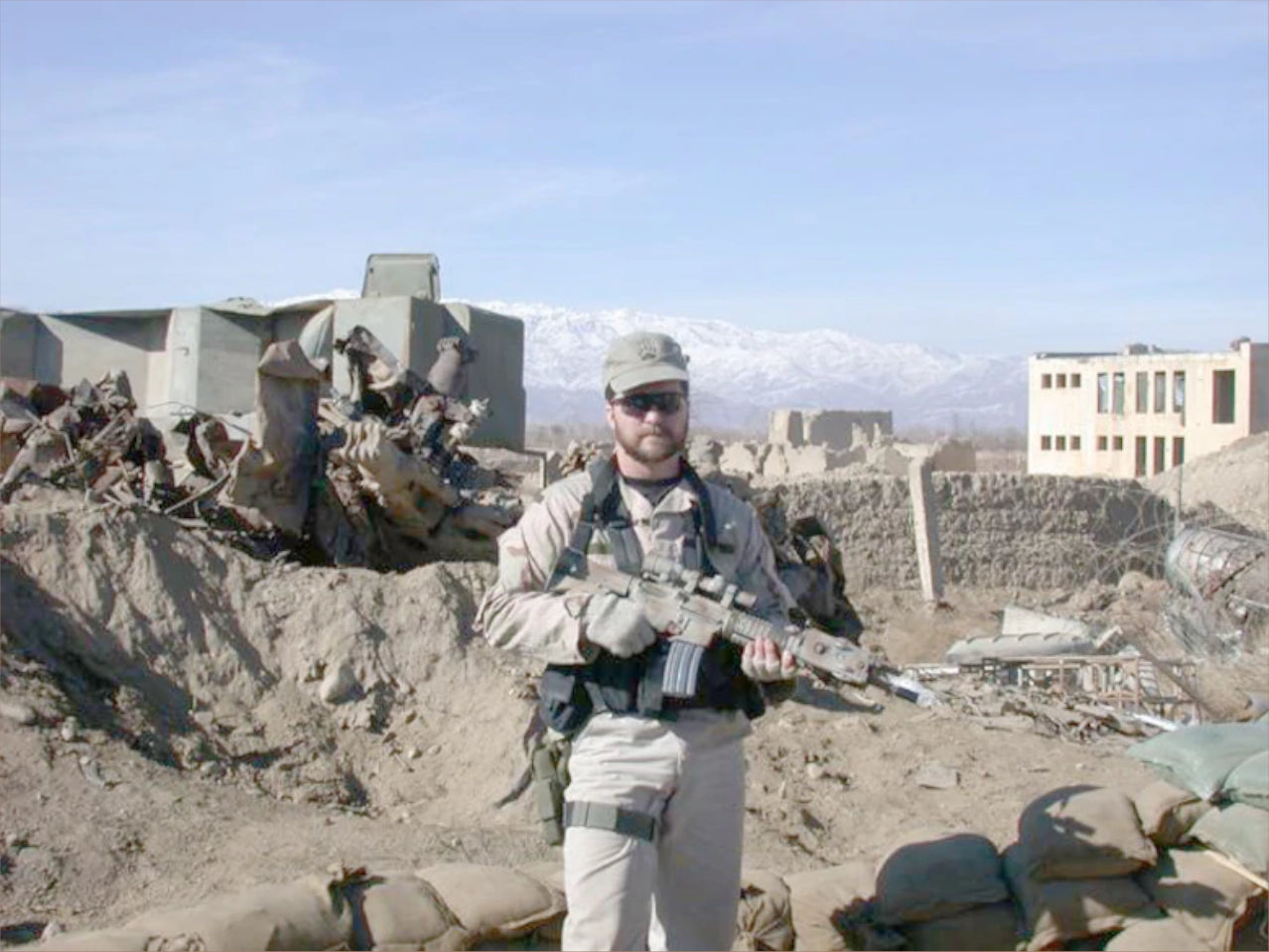On March 4, 2002, TSgt John Chapman along with members of SAL Team Six participated in operation Anaconda, the objective of wich was to crush Taliban and al-Qaeda forces on a large scale.
During the night, seven-member strong team was to fly in a Chinook helicopter to Takur Ghar Mountain in eastern Afghanistan to set up a spy hide. An AC-130 had recently scanned the area for enemies using thermal vision, but was unable to spot anything and then turned to support other forces. What followed would come to be known as the “Battle of Takur Ghar”.
The Team already had technical problems on the ground and had to switch helicopters. It was also under pressure from the soon-to-be-rising sun. Based on this fact and the gunship´s “enemy clear” report, the squad leader of the radon team decided to land directly on the mountain. According to military principles, one would actually have landed on a safe distance and approached the reconnaissance target on foot.
Well-equipped and trained insurgents had hidden themselves in bunkers under the thick blanket of snow and fired so heavily on the Chinook on approach that the electronics failed, a fire broke out briefly and Navy SEAL Neil Roberts fell out of the tailgate in the chaos. After the helicopter made an emergency landing about 10km away, the soldiers decided to voluntarily fly back to the danger zone to rescue the downed comrade.
As soon as the team dismounted from the helicopter, they came under heavy machine gun fire and took position. However, Chapman called in an AC-130 and then fought his way alone through the deep snow to one of the bunkers where he killed 2 enemies at point-blank range. Then he and his group leader attacked a second bunker, getting hit and collapsing. When another team member was shot, the squad leader decided to dodge, ignoring Chapman's motionless position in the darkness.

Despite his life-threatening injury, he regained consciousness some time later, took up the fight again and shot an enemy who was rushing towards him. Although he was hit again, he defeated another insurgent in hand-to-hand combat. Hearing the Quick Reaction Force (QRF) helicopter at dawn, Chapman rushed out of cover one last time, drawing fire on himself to keep enemies from locking on to the helicopter. Shot completely empty and after suffering 16 shrapnel/gunshot wounds, Chapman finally suffered a final hit to the heart and died. His actions were filmed by a CIA drone using thermal vision, which later helped enforce the Medal of Honor.
The QRF's Chinook had 19 Airborne Rangers, a Tactical Air Controller and 3 Pararescue Jumpers (PJ) on board. While still in the air, he came under such intense fire that a door gunner died and both pilots were seriously wounded. In a heroic maneuver at the last moment, they managed to make a relatively safe forced landing under constant RPG and machine gun fire.

The dismounted soldiers also came under direct fire and immediately suffered heavy casualties. Several hundred enemy fighters had entrenched themselves in the mountain range and were drawn in by the noise of battle.
The rangers fought their way up a 45-70 degree hill through 1 meter deep snow while at the same time being fired on from upgraded, elevated positions with heavy machine guns and mortars. The Tactical Air Controller repeatedly called for airstrikes at close range (Danger Close) and the evacuation of the wounded by helicopter was impossible due to the heavy enemy fire.
It took hours for the American forces to get the upper hand, evacuate all the wounded and finally begin the exfiltration around 8 p.m. local time. A total of 7 US soldiers lost their lives during the battle and 12 others were wounded. 2 Chinook helicopters of advanced design with ground-penetrating radar were lost. On the other side, around 200 enemy fighters were eliminated in the hours of fighting.

Unfortunately, Navy SEAL Neil Roberts, who fell out of the helicopter early on, likely survived the crash and was executed by insurgents just before the team returned. However, there is no definitive statement on the exact cause of death.
John A. Chapman was first awarded the Air Force Cross for his actions during the Battle of Takur Ghar. However, Air Force Administrative Director Deborah Lee James, after re-analyzing the CIA drone footage, advocated upgrading to the Medal of Honor. The naval command tried to prevent this, since it would have to admit that Chapman was still alive at the time of the evasion and that he had been left behind. Nonetheless, in August 2018, Chapman was posthumously awarded the Medal of Honor and promoted to Master Sergeant.

List of the fallen:
U.S. Naval Special Warfare Development Group (DEVGRU):
PO1 Neil "Fifi" C. Roberts
U.S. Air Force Combat Controller:
TSgt John A. Chapman, born 1965
U.S. Air Force Pararescuemen:
SrA Jason D. Cunningham
U.S. Army 75th Ranger Regiment:
CPL Matthew A. Commons
SGT Bradley S. Crose
SPC Marc A. Anderson
U.S. Army 160th Special Operations Aviation Regiment (Airborne):
SGT Philip "Spytech" Svitak
Author’s note: If you like our posts you can support us with a purchase in our Shop (click here). We are grateful for every support!












Laat een reactie achter
Alle reacties worden gemodereerd voordat ze worden gepubliceerd.
Deze site wordt beschermd door hCaptcha en het privacybeleid en de servicevoorwaarden van hCaptcha zijn van toepassing.